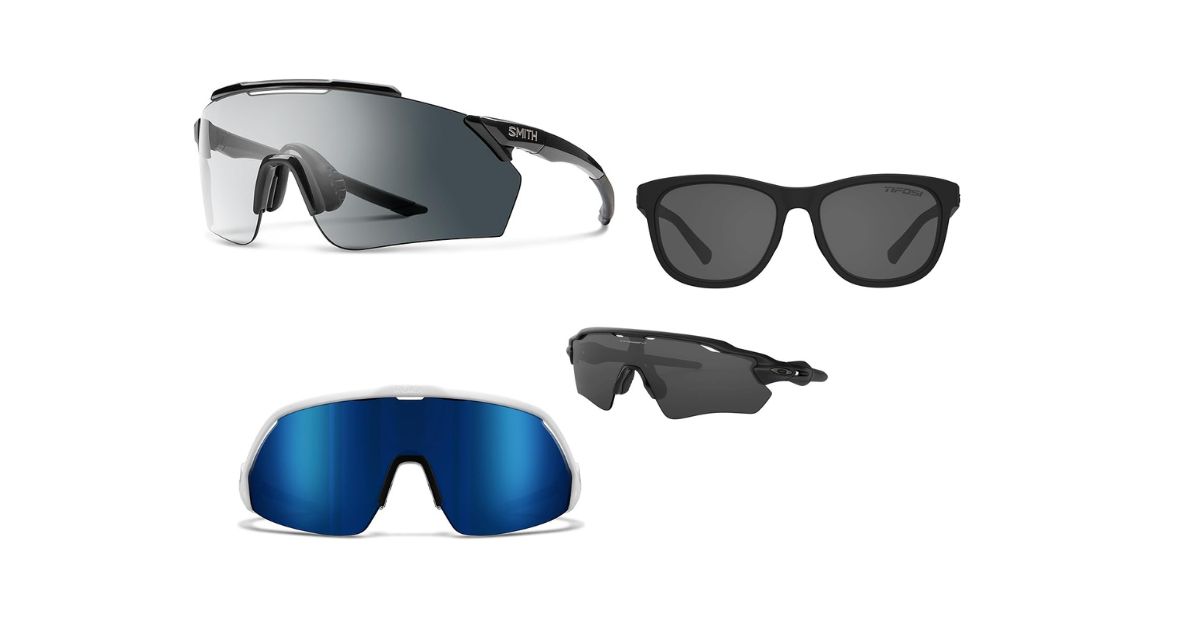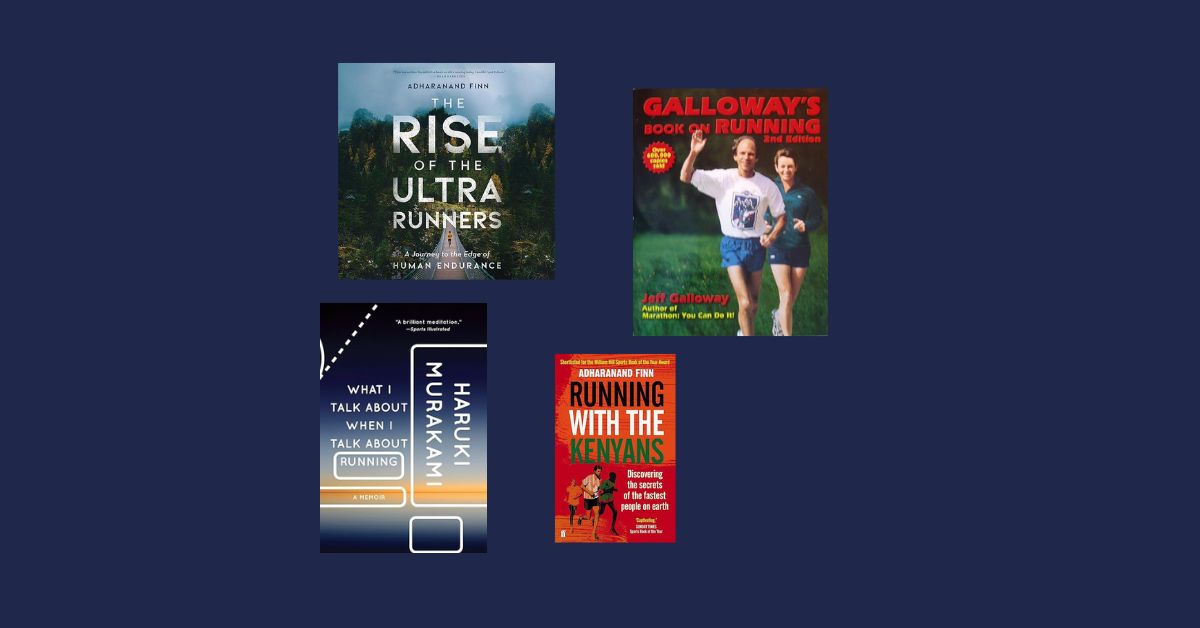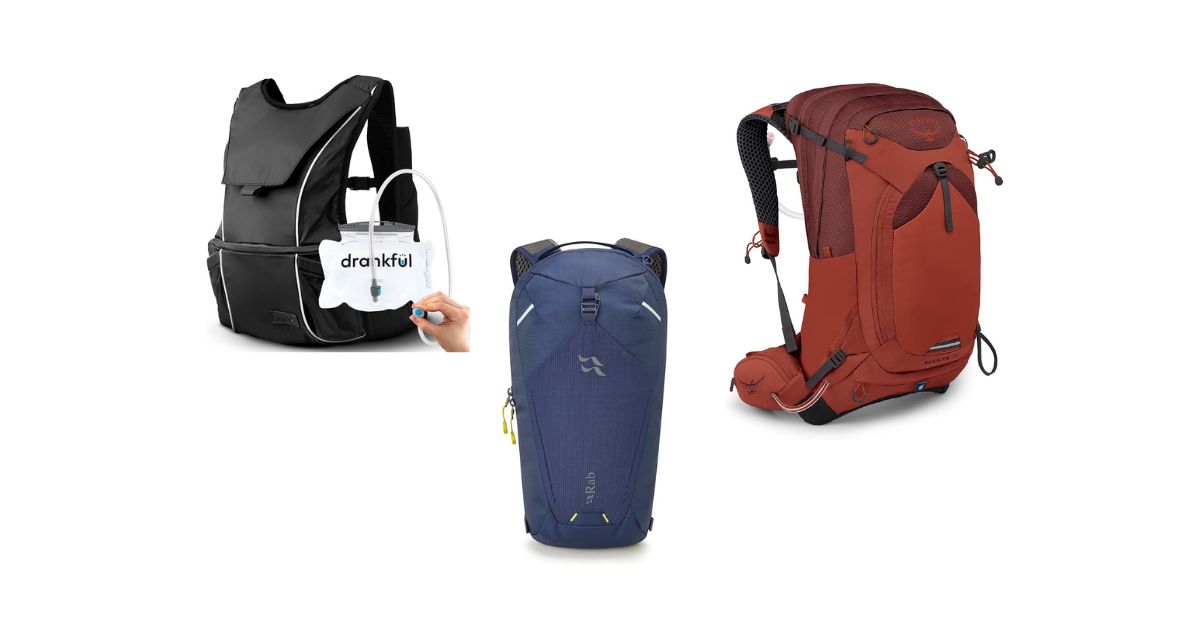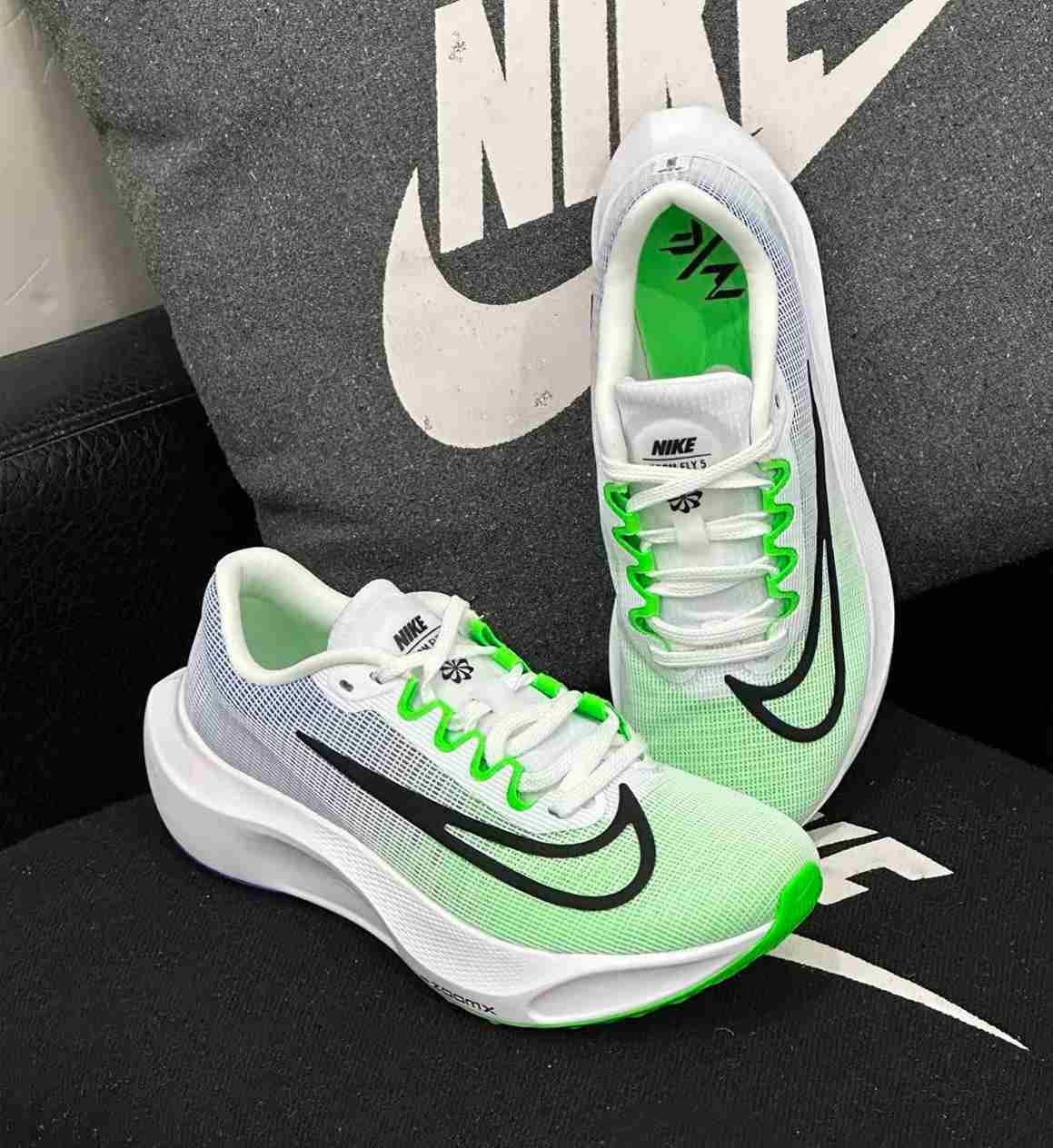What muscles does running work in your body when you run?
When you’re running, all your muscles, ligaments, and tendons work. These parts team up to keep you going, can make you stronger, more flexible, and stable. You can avoid common running injuries, and it makes your running more efficient.
Running builds muscles at first, especially for beginners. Once you run regularly, muscle growth slows down and you may not see changes.
If you want to build more muscle, doing strength training is more effective than just running.
What Muscles Does Running Work?
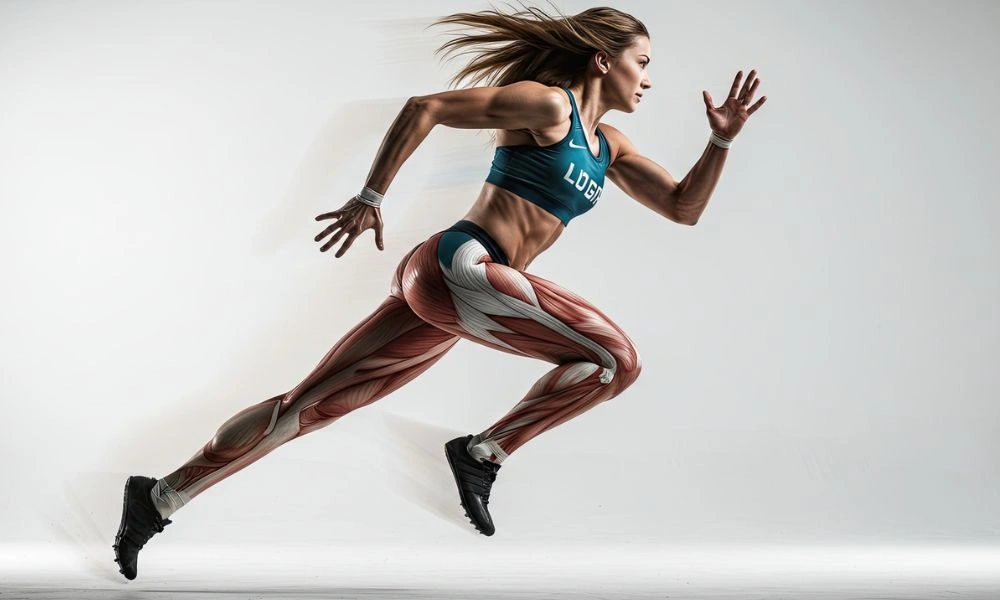
1. Quadriceps
The four muscles in the front of your leg, known as the quadriceps, play a huge role in bending and extending your knee.
You can strengthen them through specific exercises like
- Squats,
- Walking lunges, and
- Step-ups
Improving endurance with these workouts in your routine is good for getting stronger and avoiding certain types of injuries.
2. Glutes
The glute muscles, including the maximus, minimus, and medius, are responsible for propelling your body forward and stabilizing your pelvis.
Weak glutes can cause:
- Knee pain
- Poor posture
- Decreased power in your stride
Top glute exercises:
- Step-ups
- Hip thrusts
- Side planks
3. Hip Flexors
Your hip flexors are a group of muscles at the front of your hips. They are active during sprinting and hill running when your knee drive is more explosive.
Why they matter:
- Sitting for long periods can tighten them
- Tight hip flexors can reduce stride length and cause pain
Strengthen & stretch with:
- Lunges
- High knee raises
4. Hamstrings
Located at the back of your thighs, your hamstrings help with leg extension and stride recovery. They’re key to running faster and balancing.
Top exercises:
- Bulgarian split squats
- Good mornings
- Forward bends with a straight back
Stretch them regularly—tight hamstrings are common in runners and can reduce your range of motion.
5. Calf Muscles
Your calf muscles (especially the soleus) are responsible for pushing off the ground with every step.
To strengthen:
- Calf raises (bodyweight or with dumbbells)
Why it matters:
Strong calves improve power, reduce injury risk, and support ankle stability during runs.
6. Core Muscles
Your core is the center of your running form. It stabilizes your spine, absorbs impact, and keeps you upright—especially during long or fast runs.
Core muscles include:
- Transverse abdominis
- Obliques
- Rectus abdominis
Top core exercises:
- Dead bug
- Planks
- Russian twists
7. Upper Body Muscles
While running is leg-dominant, your upper body plays a big supporting role.
Muscles involved:
- Shoulders
- Arms
- Chest
- Upper back
These muscles help with arm swing, posture, and breathing. A weak upper body can cause slouching, especially on long runs.
Great strengthening moves:
- Bent-over rows
- Push-ups
- Shoulder presses

